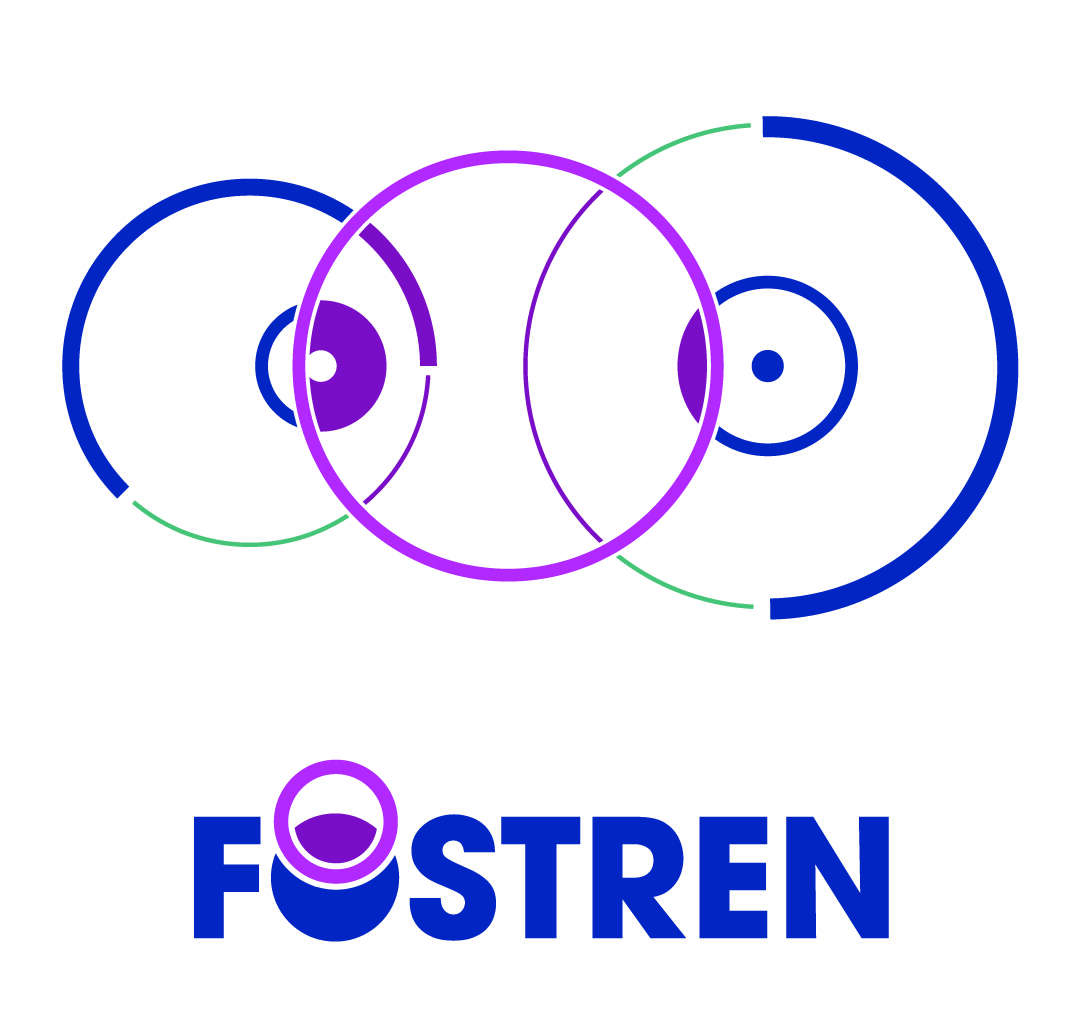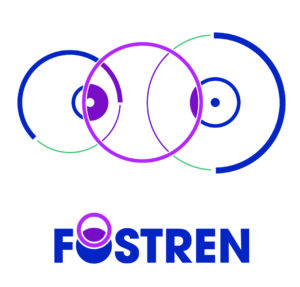Country blog Finland by Tella Lantta
What is your country’s stand on coercion reduction?
Like in many other countries, efforts have been made in Finland for years to reduce coercion in care. There have been some successful attempts1,2, but creating a sustainable change in a whole country is a challenge.
In Finland, formal coercion is defined based on the Finnish Mental Health Act (FINLEX 1116/1990).3 Limitations on patients’ fundamental rights are possible through compulsory admission and during involuntary hospital treatment and examination. During involuntary care, psychosurgical or other treatments that seriously affect the patient’s integrity (e.g. electroconvulsive therapy) may only be given with the written consent of an adult patient, unless it is question of a measure that is necessary to avert a danger to the patient’s life.
The following coercive measures are included in the national legislation:
- Seclusion
- Limb (mechanical) restraint
- Forced treatment or examination (before 2017; forced injection)
- Physical restraint
- Limitation of the freedom of movement
- Taking possession of personal property
- Checking a patient’s possessions and consignments to the patient (e.g. patient’s bags or letters)
- Frisk and bodily search (i.e. search for hidden weapons, drugs, or other items)
- Limitation of contacts (e.g. forbidding phone calls or visitors)
The use of coercion is part of the national database and every hospital unit is obligated to record this information (The Finnish National Care Register for Health Care).
Finnish statistics from 2019 show that the most commonly used form of coercion is limitation of the freedom of movement (131 per 1000 treatment period), followed by seclusion (28 per 1000), forced treatment or examination (22 per 1000), and limb restraint (21 per 1000).4 There exist large differences between hospital districts,4 and even on unit level in the use of coercive measures.5 An investigation published in 2021 reveals that also facilities for patient seclusion and restraint vary inside Finland. Some facilities are lacking types of security equipment, and toileting and washing opportunities for service users secluded or restrained.6
In Finland, the rate of compulsory admissions is high compared to many other countries (151.4 vs. median 106.4 per 100,000 people, 22 countries included).7 According to a recent nationwide register-based analysis, the overall reduction has been modest in the last two decades (seclusion, limb restraint, forced injection).8 One aim of our previous mental health policy was specifically to reduce the use of coercion. The policy called “Mieli – a plan for mental health and substance abuse work”, was set to operate from 2009 until the end of 2015.Noteworthy is that a small declining trend in the use of coercion could be seen during the years of policy was implemented (2011-2014).8
At the moment, the national mental health policy is set for the years 2020-2030. Unfortunately, it gives quite little emphasis on coercion reduction.9 Thus, national-level funding for coercion reduction programs is missing. Developments in this area lie mostly on active individuals and funding from research and hospital organizations. We have a national network in this area, operating under the Finnish Institution of Health and Welfare.10 This network brings together clinical staff, researchers, service users, and everyone else interested in their yearly networking event. Currently, the network is developing quality standards related to the use of coercion and how to reduce it.
What kind of research is happening in your country on this topic?
Finnish research work in this area is versatile. Research is done mostly in the field of nursing science, although many projects have a multidisciplinary aspect involved.
In different Finnish Universities, many Ph.D. students have lately chosen topics related to coercion for their thesis work, which indicates that there is a great interest in the topic not only by professionals on the field but also from students.These topics include, for example, nursing managers’ attitudes towards coercion,11 competencies related to aggression management training,12 violence prevention tools,13 use of PRN medication,14 safety culture,15 and safety hazards in seclusion and restraint practices.16
In addition, ongoing research projects aiming to develop care practices related to coercion reduction are, for example:
- The Safewards model17,18
- Evidence-based, educational intervention VIOLIN19
- Security room intervention TurvaSiipi20
- Patient engagement in short-term violence risk assessment and management DASA-P21
Why are you in the network? What would you like to achieve with it?
We joined FOSTREN because we want to learn from other countries’ experiences about successful and sustainable coercion reduction programs. We are especially interested in how the implementation of country-level coercion reduction has been realized in different countries. We have a lot to do in Finland in terms of cohesive practices in coercion reduction and achieving long-lasting changes in our mental health services. We hope to be part of creating those changes and I think FOSTREN provides an excellent arena to network, find new research partners, and learn from the best in this field. It is inspiring to meet similar-minded people who share the same interests.
Is there anything else that you want to share with us?
My interest in reducing coercion in care goes beyond Europe, while I have worked some years ago in Hong Kong. I’m involved in studies investigating aggression and the use of coercion in Hongkongnese hospitals. We have recently looked at clinical guidelines in this area,21 and surveyed nurses’ knowledge, practice, and attitudes towards the use of restraints.21 I think getting a global view helps to notice the strengths but also the development points in local practices.
- Putkonen A, Kuivalainen S, Louheranta O, Repo-Tiihonen E, Ryynänen OP, Kautiainen H, Tiihonen J. Cluster-randomized controlled trial of reducing seclusion and restraint in secured care of men with schizophrenia. Psychiatr Serv. 2013 Sep 1;64(9):850-5. doi: 10.1176/appi.ps.201200393. PMID: 23771480.
- Kontio R, Pitkänen A, Joffe G, Katajisto J, Välimäki M. eLearning course may shorten the duration of mechanical restraint among psychiatric inpatients: a cluster-randomized trial. Nord J Psychiatry. 2014 Oct;68(7):443-9. doi: 10.3109/08039488.2013.855254. Epub 2013 Nov 25. PMID: 24274836.
- Mental Health Act (1116/1990). FINLEX. Available from: https://www.finlex.fi/en/laki/kaannokset/1990/en19901116.
- Finnish Institute for Health and Welfare. Psykiatrinen erikoissairaanhoito 2019. Tilastoraportti: 53/2020. [Psychiatric specialist medical care 2019. Statistical report: 53/2020.] 2020. Available from (in Finnish): http://urn.fi/URN:NBN:fi-fe20201217101056.. Accessed 1 July 2021.
- Laukkanen E, Kuosmanen L, Selander T, Vehviläinen-Julkunen K. Seclusion, restraint, and involuntary medication in Finnish psychiatric care: a register study with root-level data. Nord J Psychiatry. 2020;74(6):439-443. doi: 10.1080/08039488.2020.1733658.
- Laukkanen E, Väänänen A, Stenberg T, Suvisaari J, Kuosmanen L. Suomen psykiatriset eristystilat. Tutkimuksesta tiiviisti 31/2021. Terveyden ja hyvinvoinnin laitos, Helsinki. [Facilities for seclusion and mechanical restraints in Finland. Brief report. Finnish Institute for Health and Welfare]. 2021. Available from (in Finnish): https://www.julkari.fi/bitstream/handle/10024/142632/URN_ISBN_978-952-343-671-8.pdf?sequence=1&isAllowed=y. Accessed 1 July 2021.
- Sheridan Rains L, Zenina T, Dias MC, Jones R, Jeffreys S, Branthonne-Foster S, Lloyd-Evans B, Johnson S. Variations in patterns of involuntary hospitalisation and in legal frameworks: an international comparative study. Lancet Psychiatry. 2019;6(5):403-17. doi: 10.1016/S2215-0366(19)30090-2.
- Välimäki M, Yang M, Vahlberg T, Lantta T, Pekurinen V, Anttila M, Normand SL. Trends in the use of coercive measures in Finnish psychiatric hospitals: a register analysis of the past two decades. BMC Psychiatry. 2019;19(1):230. doi: 10.1186/s12888-019-2200-x.
- Finnish Institute for Health and Welfare. National Mental Health Strategy 2020–2030. 2021. Available from: https://thl.fi/en/web/thlfi-en/research-and-development/research-and-projects/national-mental-health-strategy-2020-2030. Accessed 1 July 2021.
- Finnish Institute for Health and Welfare (2021). Verkosto pakon käytön vähentämiseksi. [National network for reducing coercion in care]. Available from (in Finnish): https://thl.fi/fi/tutkimus-ja-kehittaminen/tutkimukset-ja-hankkeet/kansallinen-mielenterveys-ja-paihdesuunnitelma/pohjoimainen-verkosto-pakon-kayton-vahentamiseksi. Accessed 1 July 2021.
- Laukkanen E, Kuosmanen L, Louheranta O, Vehviläinen-Julkunen K. Psychiatric nursing managers’ attitudes towards containment methods in psychiatric inpatient care. J Nurs Manag. 2020;28(3):699-709. doi: 10.1111/jonm.12986.
- Tölli S, Kontio R, Partanen P, Häggman-Laitila A. Conceptual framework for a comprehensive competence in managing challenging behaviour: The views of trained instructors. J Psychiatr Ment Health Nurs. 2020 Dec 8. doi: 10.1111/jpm.12722.
- Asikainen J, Louheranta O, Vehviläinen-Julkunen K, Repo-Tiihonen E. Use of coercion prevention tools in Finnish psychiatric wards. Arch Psychiatr Nurs. 2020;34(5):412-420. doi: 10.1016/j.apnu.2020.07.013.
- Hipp K, Repo-Tiihonen E, Kuosmanen L, Katajisto J, Kangasniemi M. Patient participation in pro re nata medication in forensic psychiatric care: A nursing document analysis. J Psychiatr Ment Health Nurs. 2020 Oct 21. doi: 10.1111/jpm.12706.
- Kuosmanen A, Tiihonen J, Repo-Tiihonen E, Eronen M, Turunen H. Nurses’ Views Highlight a Need for the Systematic Development of Patient Safety Culture in Forensic Psychiatry Nursing. J Patient Saf. 2021;17(3):e228-e233. doi: 10.1097/PTS.0000000000000314.
- Varpula J, Välimäki M, Lantta T, Berg J, Lahti M. Nurses’ perceptions of risks for occupational hazards in patient seclusion and restraint practices in psychiatric inpatient care: A focus group study. Int J Ment Health Nurs. 2020 Aug;29(4):703-715. doi: 10.1111/inm.12705.
- Safewards. 2021. Available from (in Finnish): https://www.safewards.net/fi/. Accessed 1 July 2021.
- Hottinen A, Rytilä-Manninen M, Laurén J, Autio S, Laiho T, Lindberg N. Impact of the implementation of the safewards model on the social climate on adolescent psychiatric wards. Int J Ment Health Nurs. 2020;29(3):399-405. doi: 10.1111/inm.12674.
- Välimäki M, Yang M, Normand SL, Lorig KR, Anttila M, Lantta T, Pekurinen V, Adams CE. Study protocol for a cluster randomised controlled trial to assess the effectiveness of user-driven intervention to prevent aggressive events in psychiatric services. BMC Psychiatry. 2017;17(1):123. doi: 10.1186/s12888-017-1266-6.
- TurvaSiipi Project. 2021. Available from: https://turvasiipi.turkuamk.fi/in-english/. Accessed 1 July 2021.
- Development and testing the effectiveness and feasibility of a structured violence risk management intervention to support safety in psychiatric hospitals (DASA-P). 2021. Available from: https://sites.utu.fi/nursingscienceresearchprogrammes/mental-health-and-technology/development-and-testing-the-effectiveness-and-feasibility-of-a-structured-violence-risk-management-intervention-to-support-safety-in-psychiatric-hospitals-dasa-p-2/. Accessed 1 July 2021.
- Lantta T, Varpula J, Cheung T, Wong WK, Cheng PYI, Ng T, Ng CF, Yam CP, Ip G, Bressington D, Välimäki M. Prevention and management of aggressive behaviour in patients at psychiatric hospitals: a document analysis of clinical practice guidelines in Hong Kong. Int J Ment Health Nurs. 2020;29(6):1079-1091. doi: 10.1111/inm.12742.
- Lee T-K, Välimäki M, Lantta T. The Knowledge, Practice and Attitudes of Nurses Regarding Physical Restraint: Survey Results from Psychiatric Inpatient Settings. Int J Environ Res Public Health. 2021; 18(13):6747. https://doi.org/10.3390/ijerph18136747

